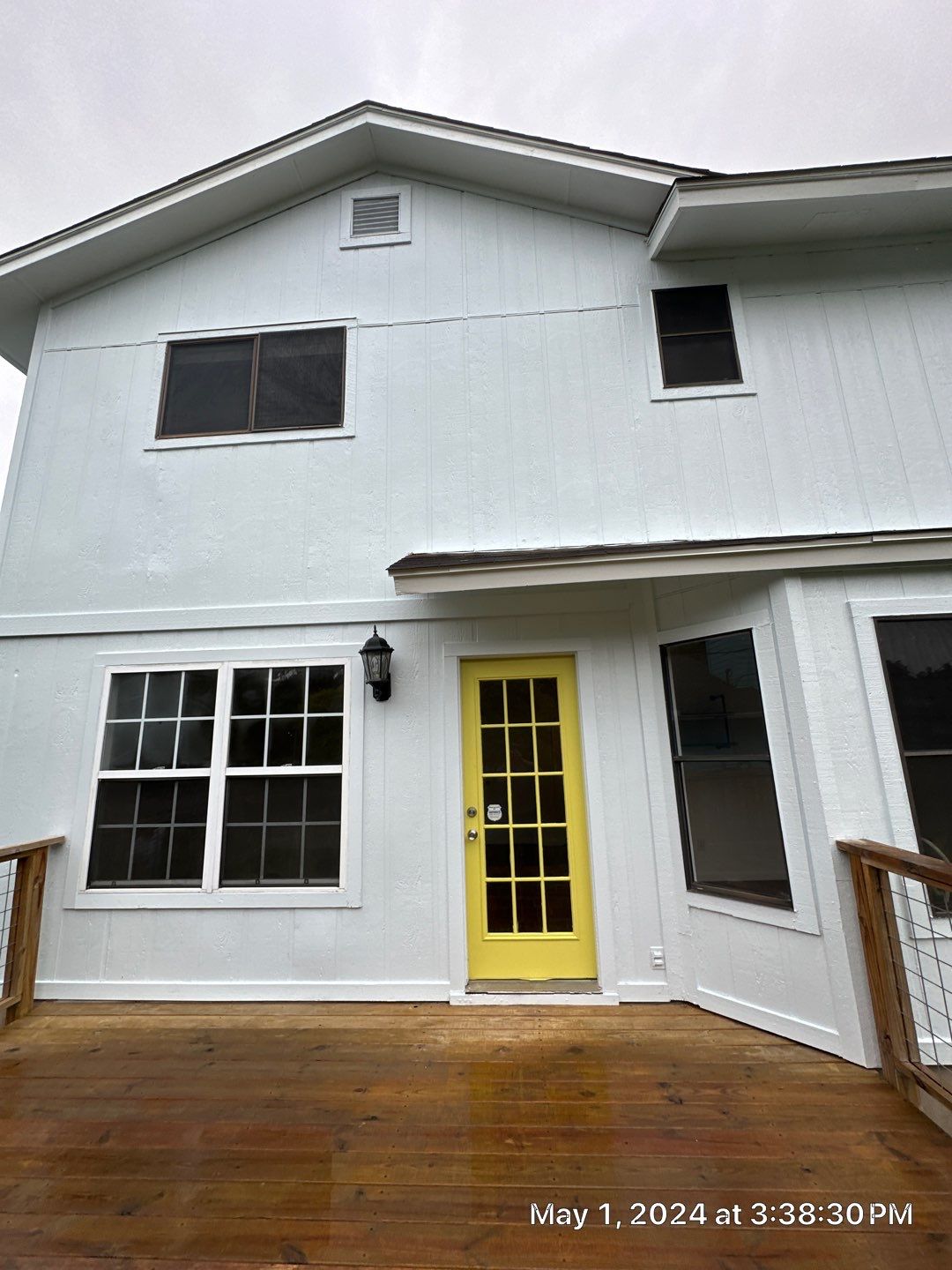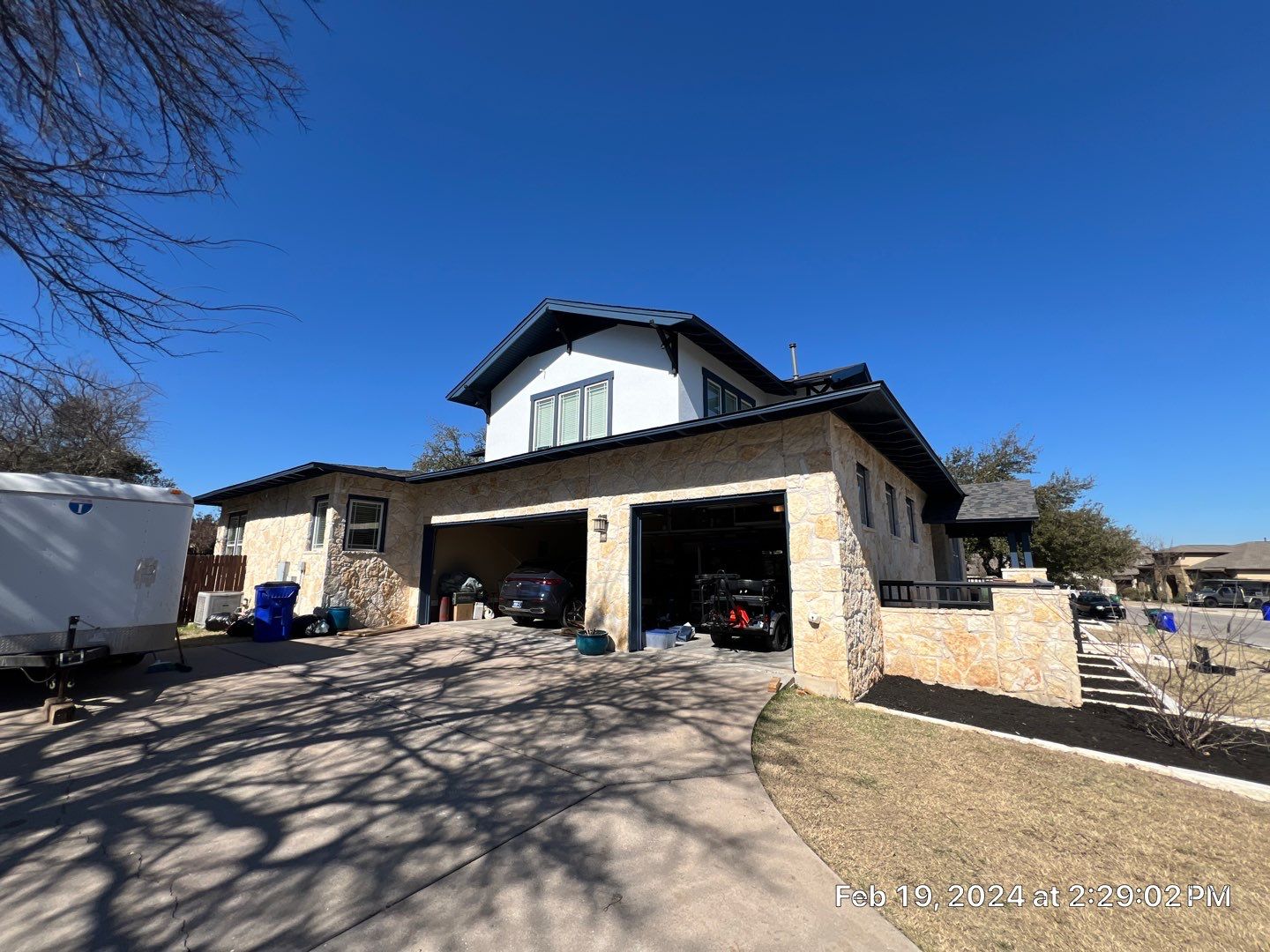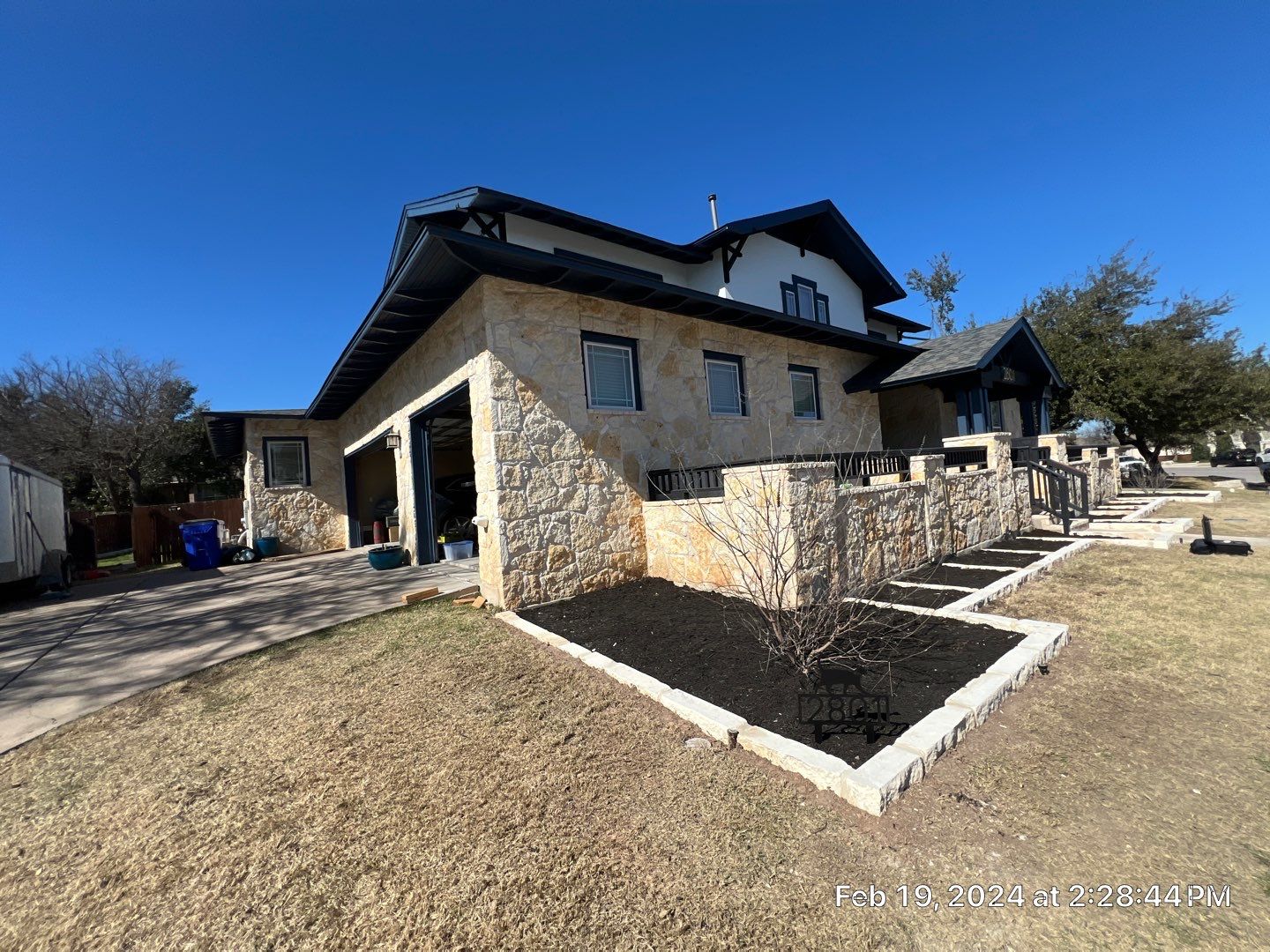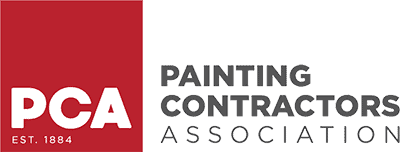Spring in Lakeway, TX, feels like the perfect time for home improvement. The wildflowers bloom, temperatures warm up, and the energy of renewal is everywhere. Many homeowners are inspired to refresh their home’s exterior — but is spring really the best time to paint in Central Texas?
While spring can offer excellent painting conditions, Lakeway’s weather patterns — including unpredictable rain showers, strong winds, and sudden temperature swings — can complicate exterior projects. Without the right timing, your new paint job could peel, crack, or fail to properly cure.
In this guide, we’ll break down exactly when spring painting works in Lakeway, when it doesn’t, and how to set yourself up for flawless results, whether you’re a DIY enthusiast or working with professional painters.
Why Spring Is a Popular Time for Exterior Painting in Lakeway
Spring is one of the most active seasons for exterior painting projects in Lakeway, TX — and for good reason.
-
Mild Temperatures: Days typically warm into the 70s and 80s, ideal for paint curing without the extreme summer heat.
-
Longer Days: With more daylight, homeowners and professionals have longer windows to work safely and efficiently.
-
Curb Appeal Boost: Spring is prime real estate season in Lakeway; many homeowners spruce up their exteriors before listing.
-
Fresh Start Energy: After colder winter months, spring naturally motivates home improvement — and painting is often at the top of the list.
However, it’s important to recognize that while the air may feel warm, other critical factors like humidity, wind, and nighttime cooling also impact the success of a paint job.
Ideal Spring Conditions for Painting in Lakeway
Lakeway’s spring climate can be fantastic for exterior painting — if the weather cooperates. Here’s what to look for:
| Condition | Ideal Range |
|---|---|
| Daytime Temperature | 50°F–85°F for latex paints; 40°F–90°F for oil-based paints. |
| Nighttime Low | Above 40°F consistently to avoid curing issues. |
| Humidity Levels | 40%–70% relative humidity is ideal. |
| Rain Forecast | Dry weather 24–48 hours before and after painting. |
| Temperature Stability | Avoid days with big swings (e.g., 40°F at night, 85°F daytime). |
Important: Lakeway often sees sudden “blue northers” (cold fronts) even in March and April. Always monitor hour-by-hour forecasts, not just daily highs and lows!
Risks of Painting Too Early in the Lakeway Spring Season
Painting too early in spring — especially in February or early March — can spell disaster for Lakeway homes.
-
Cold Mornings and Nights: Paint may not set properly if early mornings still dip below 40°F.
-
High Humidity and Rain: Quick spring storms and humid mornings can delay drying and trap moisture under new paint layers.
-
Surface vs. Air Temperature: Stone, stucco, and masonry (common in Lakeway homes) retain winter chill longer than wood or siding.
-
Moisture in Surfaces: Residual winter rains or early spring moisture can saturate exteriors, leading to bubbling and peeling.
Pro Tip: “Always check that surfaces are completely dry before painting — even if it feels warm outside!”
Signs It’s Safe to Paint Outside in Lakeway in Spring
Wondering if your Lakeway home is ready for a spring paint refresh? Watch for these signs:
Consistent Warm Days
You’ve had 5–7 consecutive days of highs in the 70s+ with no cold snaps.
Dry Weather Streak
No rain for at least 3 days prior and forecasted dry weather for the next 3 days.
Surface Warmth Test
Touch stucco, stone, or siding — it should feel dry and comfortably warm to the touch.
Morning Dew Dries Quickly
Surfaces dry by mid-morning, signaling low enough humidity.
Lakeway’s quick-drying air (once cold fronts pass) usually makes this possible by late March or early April.
Why Professional Painters Love (and Master) Spring Painting in Lakeway
Experienced painters understand how to navigate Lakeway’s unique spring climate to deliver lasting, high-quality finishes. Rather than relying solely on general forecasts, professionals pay attention to microclimates. For example, homes closer to Lake Travis often experience cooler evening temperatures, which can affect curing times and finish quality.
Surface preparation is another key factor. Skilled painters know the importance of properly pressure washing, sanding, drying, and priming at the right times — especially when spring brings higher pollen levels and lingering winter grime. They also choose the right materials for the job, often using premium, low-VOC paints from trusted brands like Benjamin Moore and Sherwin-Williams that are specifically formulated to cure well in cooler spring conditions.
Timing is everything. Professionals schedule their work carefully, typically painting from mid-morning through mid-afternoon. This helps avoid the moisture left by early morning dew and the sudden temperature drops that often hit in the late afternoon.
It’s this attention to detail that makes a noticeable difference in how long a spring paint job will last in Lakeway’s shifting weather.
Common DIY Mistakes When Painting in Spring
Spring painting can be rewarding — but it’s easy to make costly mistakes without proper planning:
-
Starting Too Early: A few warm afternoons don’t guarantee good curing conditions.
-
Ignoring Nighttime Lows: Cold nights can undo all the work of a sunny day.
-
Underestimating Moisture: Surfaces need to be thoroughly dry, not just “not wet.”
-
Skipping Surface Prep: Spring pollen, mildew, and dust must be cleaned off before applying paint.
In Lakeway, high pollen counts from oak trees can coat surfaces in a yellow dust — always wash siding before painting!
Quick Spring Painting Readiness Checklist
Before opening that first can of paint, run through this quick checklist:
- Daytime highs consistently above 50°F (latex) or 40°F (oil-based).
- Nighttime lows consistently above 40°F.
- No rain forecasted for 3+ days before and after.
- Humidity between 40%–70%.
- Surfaces cleaned, dried, and free of dust, pollen, or mildew.
- Use weather-appropriate primer and paint formulations.
Conclusion
Spring can be a fantastic time to refresh your Lakeway home’s exterior — but only if the weather and surfaces are properly prepared. Unstable temperatures, moisture, and hidden humidity can sabotage even the best DIY efforts.
By timing your project right and following key prep steps, you can achieve a stunning, long-lasting finish. And if you want to skip the guesswork? Trust the experienced exterior painting professionals who know how to master Lakeway’s springtime challenges.





